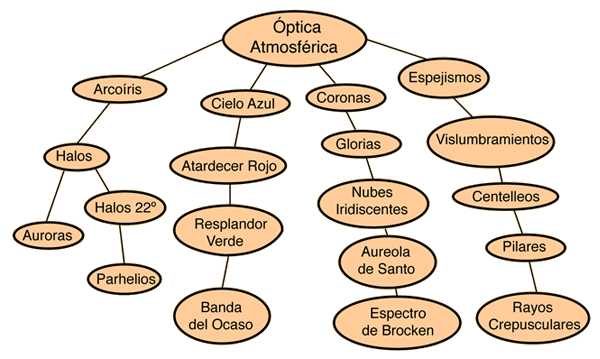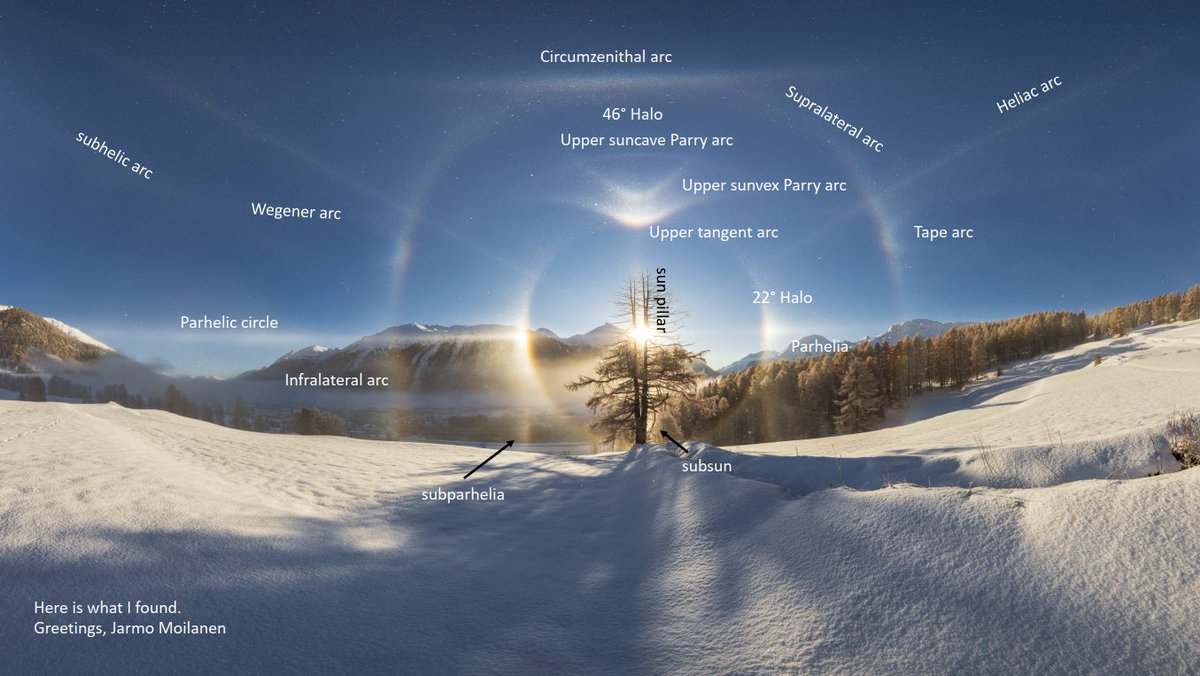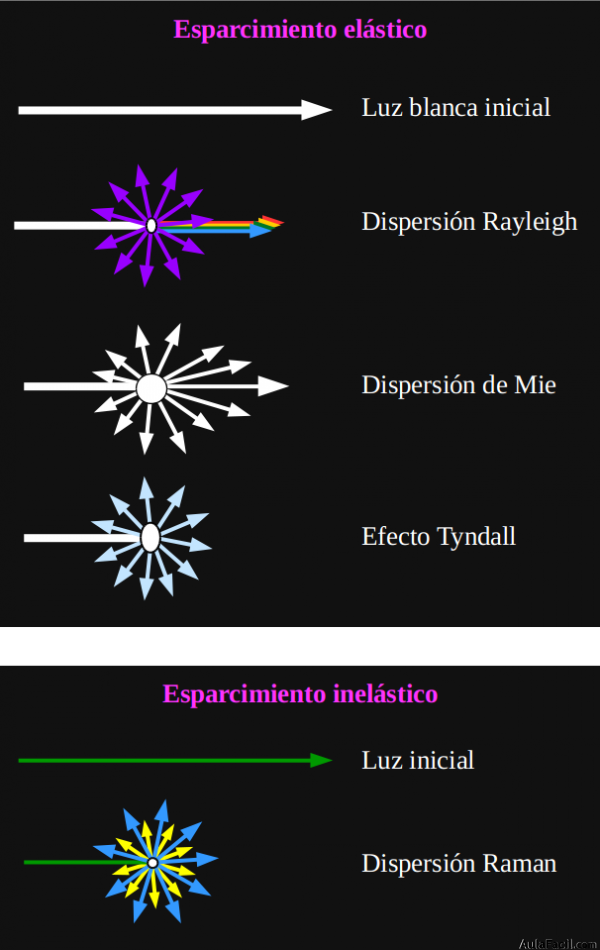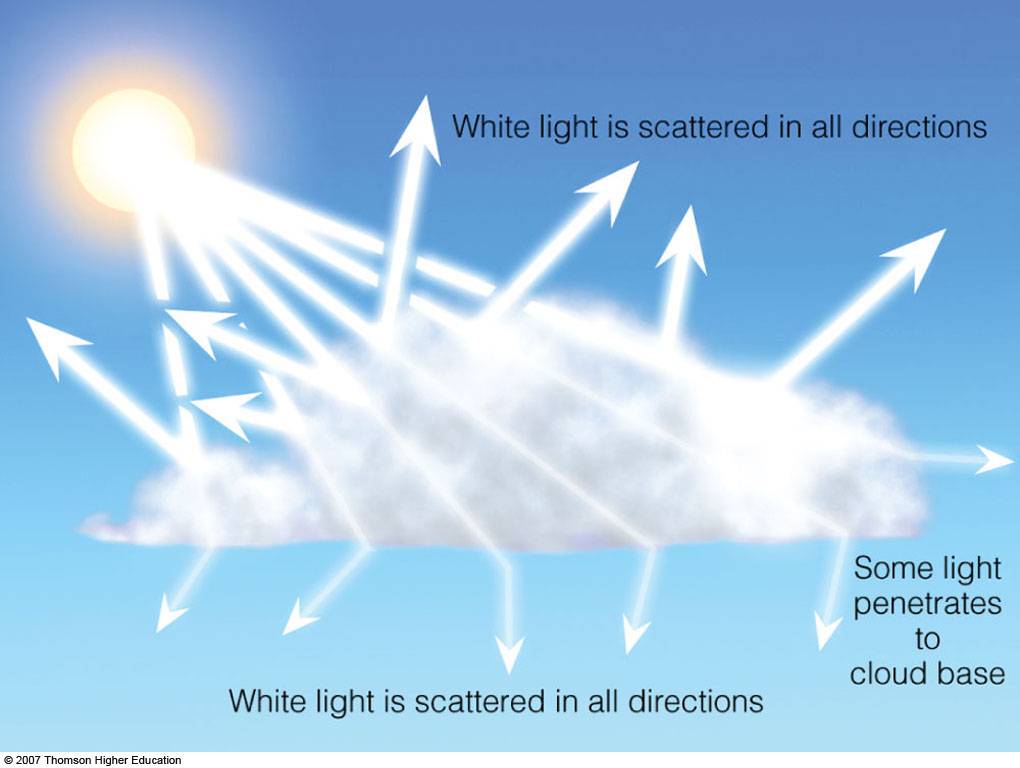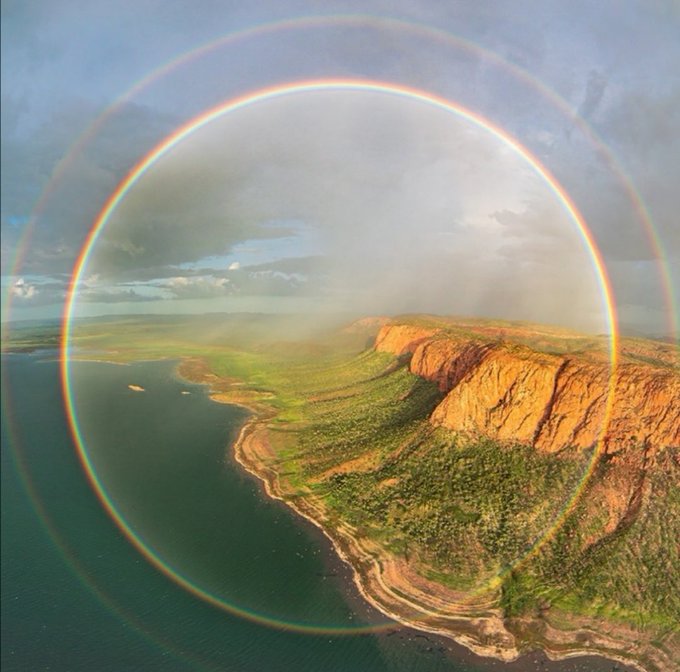Recursos óptica atmosférica
La óptica atmosférica se puede asociar a óptica física, dentro de óptica
Óptica atmosférica - wikipedia
La óptica atmosférica es una disciplina que intenta explicar cómo las propiedades ópticas distintivas de la atmósfera terrestre causan una amplia gama de fenómenos ópticos.
En un dibujo infantil en el que se dibuja el Sol amarillo, el cielo azul y las nubes blancas, se está aplicando la dispersión asociada a óptica atmosférica.
Al dibujar rayos del Sol se está aplicando difracción: ver óptica física
twitter FiQuiPedia/status/1742165176755855426
Desde niños pintamos diagramas de difracción al dibujar el Sol y las estrellas, incluyendo la de Belén.
La ciencia está en todas partes.
Una recopilación gráfica se puede ver en Fotometeoros - WMO (Organización Meteorológica Mundial)
Fenómenos atmosféricos. Unidad didáctica - Instituto de Astrofísica de Canarias
Óptica atmosférica - Beatriza Pardo Rivera - csic.es
Atmospheric refraction - wikipedia

Light scattering by airborne ice crystals – An inventory of atmospheric halos
twitter GritsevichMaria/status/1724032875853406716
Renowned halo expert Jarmo Moilanen explains 17 different halos observed in the display, including rare ones like Tape and heliac arcs
Grupo de óptica atmosférica de Universidad e Valladolid
Foto álbum de Imágenes Ópticas Atmosféricas - windows2universe.org
Dispersión
Dispersión de Rayleigh - wikipedia
Dispersión / difusión de Mie / Tyndall
5. Dispersión de la luz - catedu.es
Dispersión de Rayleigh. ¿Por qué el cielo es azul?

Experimento Naukas: ¿Por qué el cielo es azul?
this is why clouds appear white….
Mie Scattering giving clouds their white appearance
Dispersión refractiva
Dispersion of Light. oPhysics: Interactive Physics Simulations - geogebra
¿De qué color es el cielo en otros planetas? #CienciaADomicilio - DGDCUNAM
Imágenes dispersión Tyndall asociadas a logo Windows 10 Windows 10 Desktop
Fenómenos de óptica atmosférica
Se ponene algunos enlaces e imágenes por orden alfabético
Alpenglow
Amanecer / atardecer
Diagram showing displacement of the Sun’s image at sunrise and sunset

Arco iris
Rainbow Formation in 3D. oPhysics: Interactive Physics Simulations - geogebra
twitter Rainmaker1973/status/1694044477394977237
In theory, every rainbow is a circle, but from the ground, usually only its upper half can be seen. Things change when you’re flying or observing from an elevated vantage point
Rainbow Formation in 3D - geogebra - oPhysics: Interactive Physics Simulations
This is a simulation of the processes involved in the formation of a rainbow. The 3D image on the right shows the location of a rainbow as seen by an observer on the ground. The green plane represents the ground. The blue dot on the green plane represents the position of the person viewing the rainbow. Change the angle of the sun above the horizontal and watch how the position of the rainbow changes.
On the right in the 2D view you can see the actual refraction and reflection that occurs in each raindrop. The white light enters the spherical raindrop, and it undergoes refraction (bending) and dispersion (different wavelengths/colors bending by slightly different amounts). Only the extreme red and violet rays are shown. On the right side of the raindrop reflection occurs. Near the bottom of the raindrop the light leaves the drop, again refracting and dispersing. The light from the red end of the spectrum comes out of the drop below the light from the violet end of the spectrum. This confuses some, as red is the color located at the top of a rainbow and violet is on the bottom. You can zoom in on the raindrops in the 3D view (by clicking the button). This view may help people understand this apparent contradiction. The drop that sends the red light to the viewer needs to be higher in the sky than the drop that sends the violet ray to the viewer (with all the other colors in between, of course).
Cinturón de Venus
Eclipse lunar
Lo que hay que saber sobre el eclipse lunar - nasa.gov
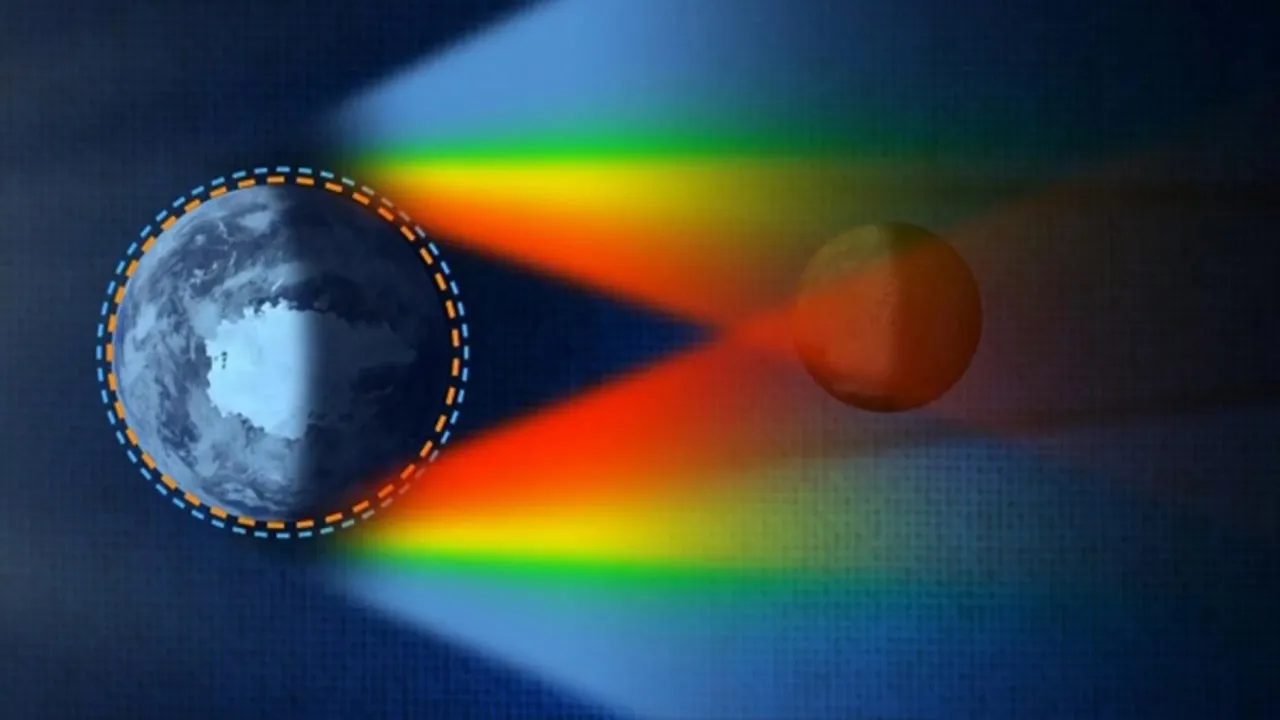
Fata Morgana
Qué es la ‘fata morgana’: el fenómeno que hace que los barcos floten en el aire

Fata Morgana: Un posible espejismo del Titanic
Halo
twitter GritsevichMaria/status/1724032875853406716
Renowned halo expert Jarmo Moilanen explains 17 different halos observed in the display, including rare ones like Tape and heliac arcs
Light scattering by airborne ice crystals – An inventory of atmospheric halos - sciencedirect.com
Luna de sangre
Luz púrpura
Nubes
The Color of Clouds - noaa.gov
Física de las nubes iridiscentes - culturacientifica
Pilares
La física atmosférica de los pilares de luz - francis.naukas.com
Rayos crepusculares
Espectáculo de rayos crepusculares - lavanguardia
Split screen sunset
Gorgeous, Freaky Sunset Photo Looks Split Down the Middle - livescience.com


 A “split screen” sunset happens when clouds on the right half of the footage are higher in the sky and are thus still picking up some of the Sun’s lingering rays.
A “split screen” sunset happens when clouds on the right half of the footage are higher in the sky and are thus still picking up some of the Sun’s lingering rays.
